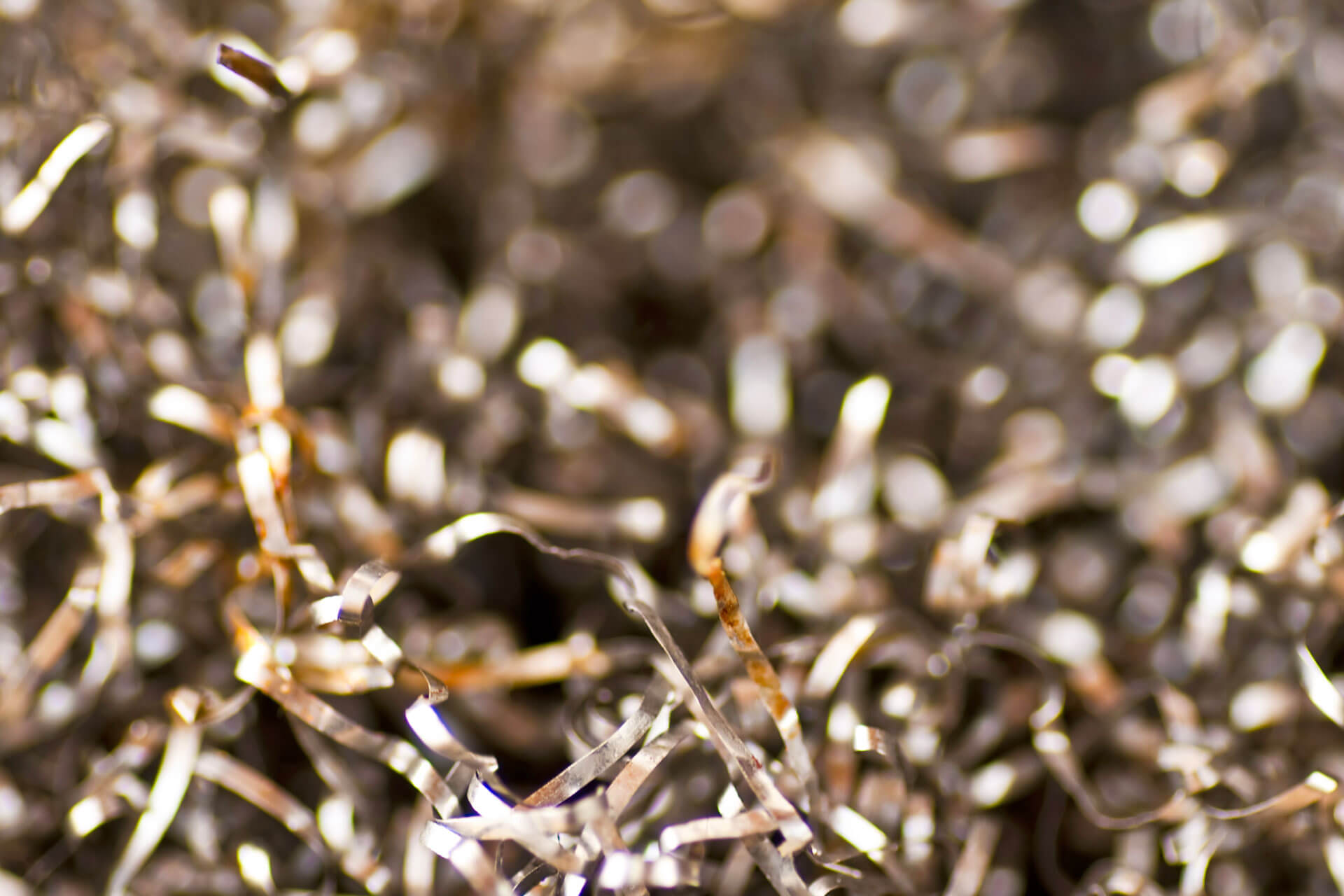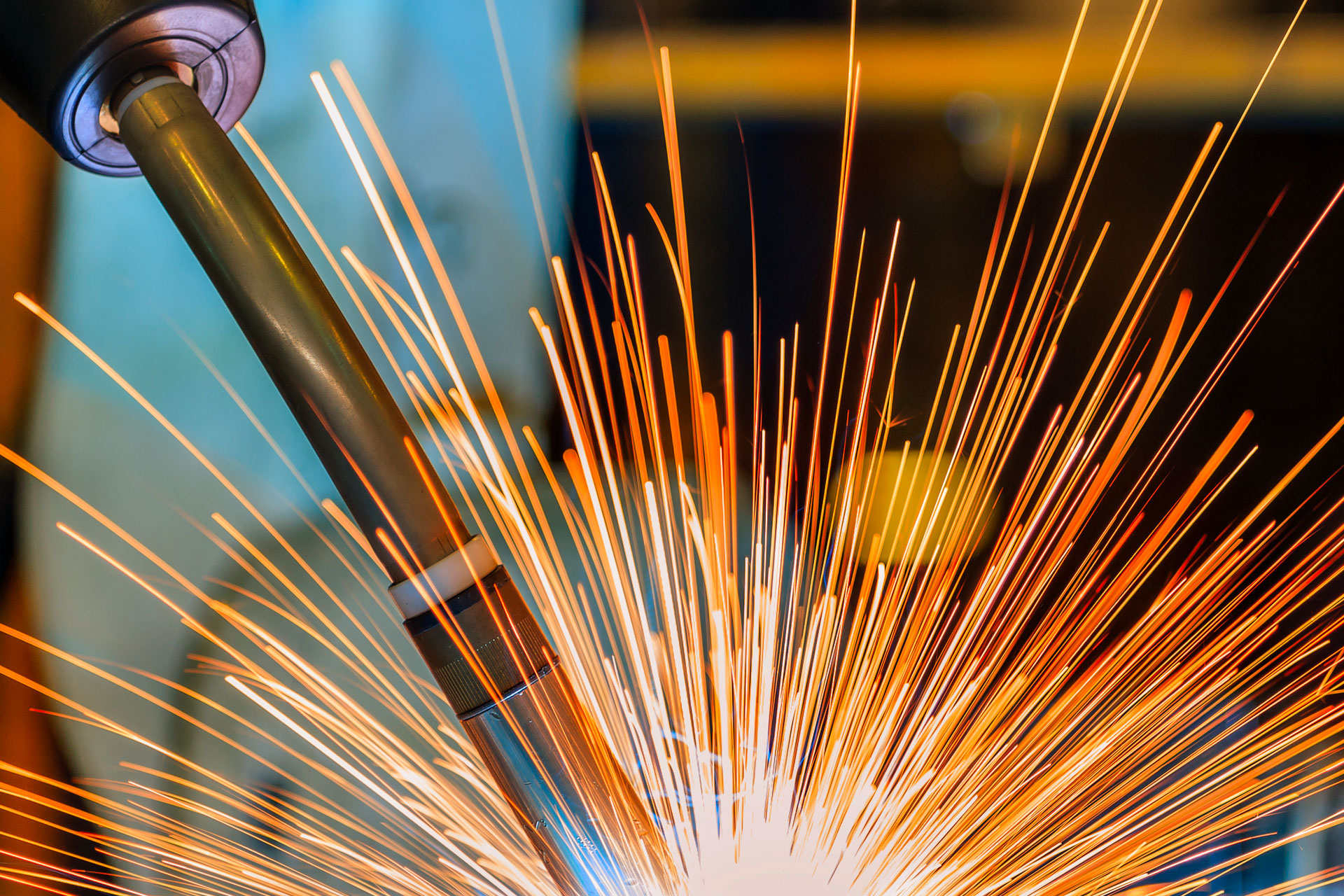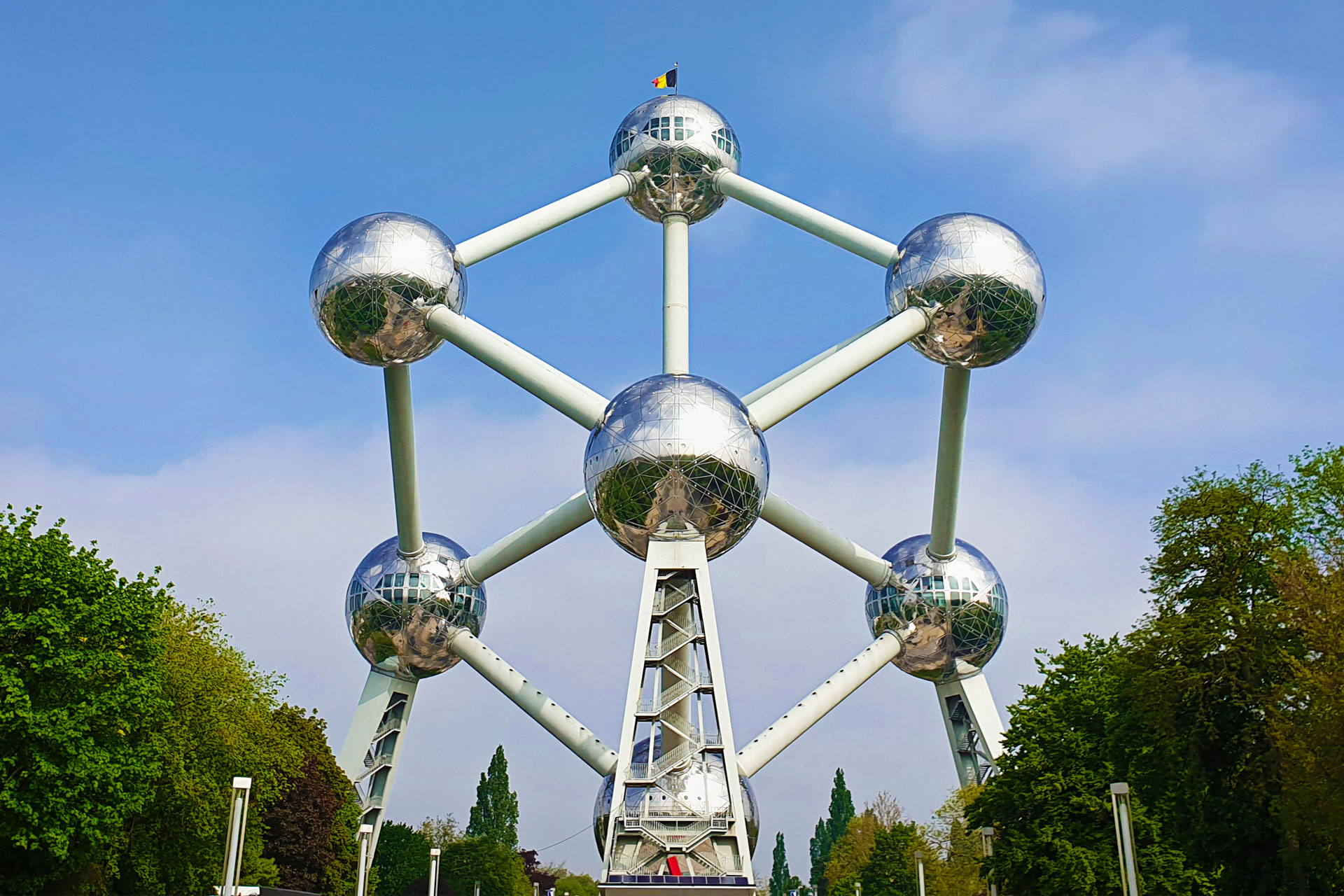Discovering iron: historical notes

Iron is the chemical element with atomic number 26. Its symbol Fe is an abbreviation of the word ferrum, the Latin name of the metal.
The first evidence of iron use comes from the Sumerians, Hittites and Egyptians, who already 4000 years BC. they used it for small objects such as spearheads and jewels, made from this metal recovered from meteorites.
The history of the use and production of iron is common to that of its carbon alloys, cast iron and steel (in addition of course to wrought iron, used in different historical periods for structural and decorative purposes).
The historical period of the Iron Age began in the Mediterranean world around the twelfth century BC. and developed in northern Europe between the ninth and eighth centuries BC, where metal is used in various ways thanks to its mechanical characteristics and its workability. Given its current countless uses, we can think that its “sunset” is still far away.
Features
It is the most abundant metal on Earth, making up about 30-35% of the mass of our planet, and the sixth most abundant element in the entire universe. The concentration of iron in the various layers of the Earth varies with depth: it is maximum in the core (which is probably made up of an alloy of Iron and Nickel) and decreases up to approximately 4.75% in the earth’s crust.
Pure iron (very difficult to find in nature) looks like a tenacious metal, very flexible, elastic and easy to work, both hot and cold.
Metal extracted from minerals, it is widely used in the steel industry being used to produce cast iron and steel.
IRON “meets” STA 2000

It is thanks to this important metal that the STA 2000 has built an important reality in the automotive and metalworking field, where it has established itself and confirmed among the leading companies in this sector.
In our industrial scenario, in fact, iron is the primary material for the various processes. Passing from prototyping, to the production process, up to the final stages, the same is processed, measured and subjected to the quality controls required to meet the standards required by the customer.
Originally we make sure that the metal coming from the suppliers has the suitable characteristics for the type of processing we are going to carry out.
Then, through the state-of-the-art tools supplied, the iron is checked before and after the manufacturing processes so that it maintains the initial properties and is suitable for use.
And in this we can say that we are well tested, having “walked” this path for over 40 years, gaining considerable experience in the field.
Something unreal: the Atomium

A decidedly particular representation of the iron crystal is given by the Atomium in Brussels, one of the most bizarre buildings in Europe: a giant “monument” that suddenly appears inside the Heysel park, the heart of the Belgian capital.
Designed by architect André Waterkeyn, it was built in 1958 on the occasion of the Expo. Its characteristics are incredible: 102 meters in height, 2400 tons of iron and 9 spheres with a diameter of 18 meters connected to each other, originally covered with aluminum. A unique realization in the history of architecture.
The Atomium represents the 9 atoms of an iron crystal: magnified 165 billion times, it represents the power of nuclear energy in reference to the science and uses of the atom, important themes and in full development at the time.
To date, it represents the most popular tourist attraction in the capital of Europe.
Before we talked about what we used and still use for our processes. Well, we will never be grateful enough for this (noble for us) material that has helped us grow. It all started with an idea, which then developed through the choice and use of a very specific metal: THE IRON.


